As we welcome new students to the University and current staff and students return to campus Archive Services have delved into the history of the area around the Dalhousie Building. Read on to find out how it has changed.
The Dalhousie Building is one of the University’s newer buildings, opened in July 2007 by Her Majesty The Queen as part of the celebrations to mark the 40th anniversary of the University of Dundee. It was named after Simon Ramsay, the 16th Earl of Dalhousie, who was Chancellor of the University from 1977 until 1992, with the naming ceremony taking place in October 2008. Coincidentally, the ceremony took place almost exactly 125 years to the day from the official opening of University College, Dundee which was performed by the 13th Earl of Dalhousie.
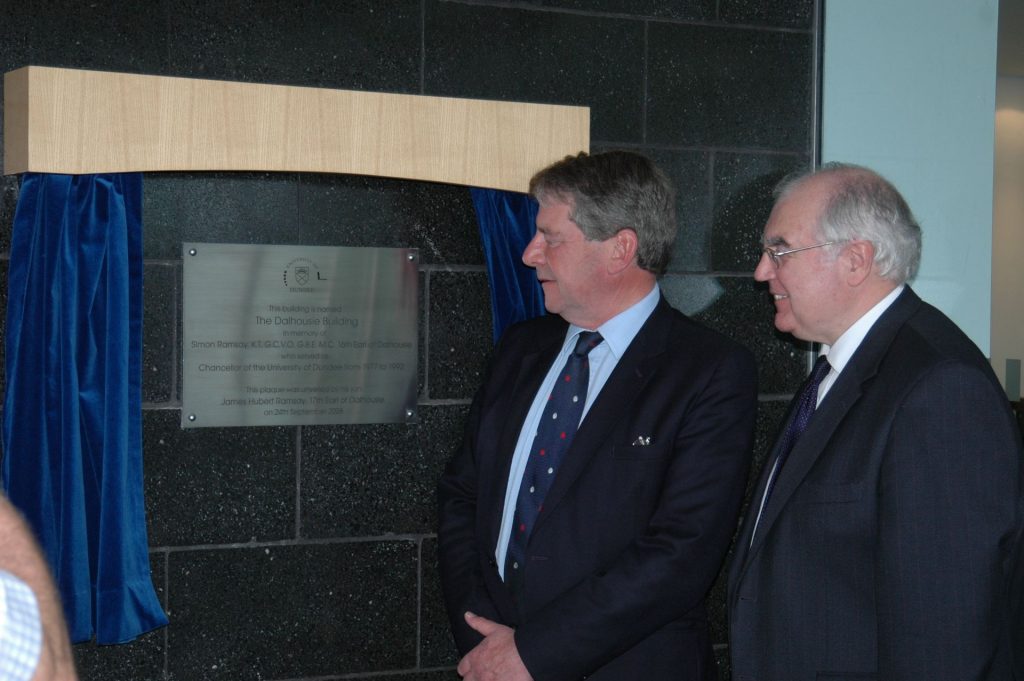
The award-winning building is situated on the corner of Old Hawkill and Hunter Street. This was one a busy area, with tenements and shops, but has been heavily altered since the mid-20th century.
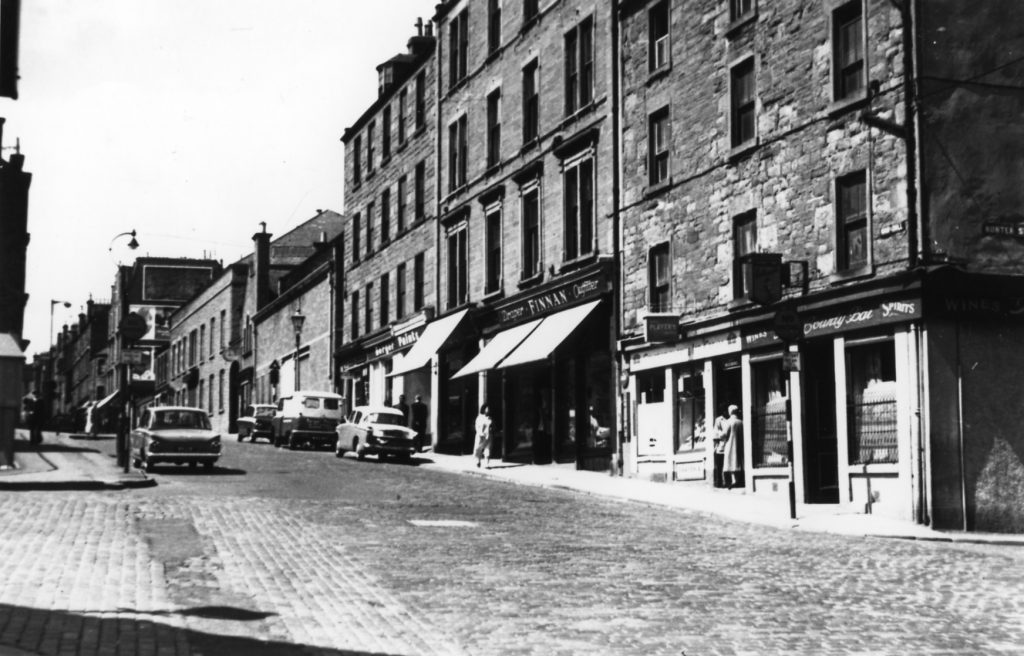
As can be seen on the 19th century maps, Hunter Street is a short street which used to link Hawkhill and Scouringburn (later renamed Brook Street).

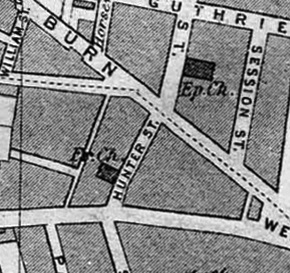
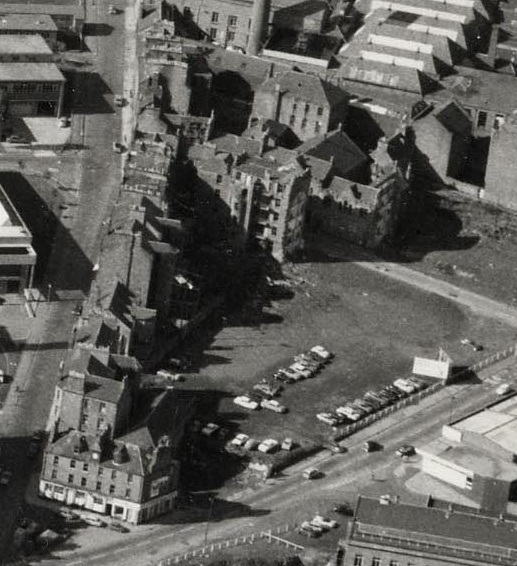
This arrangement is somewhat different now, as in the 1980s Hawkhill was diverted to by-pass the University campus. The new Hawkhill took over the route of Brook Street at this point, while the original Hawkhill was renamed Old Hawkhill to avoid confusion (though how successful that was is open to question). By this time the area had greatly changed with many of the old shops and tenements having been demolished as the University campus expanded.
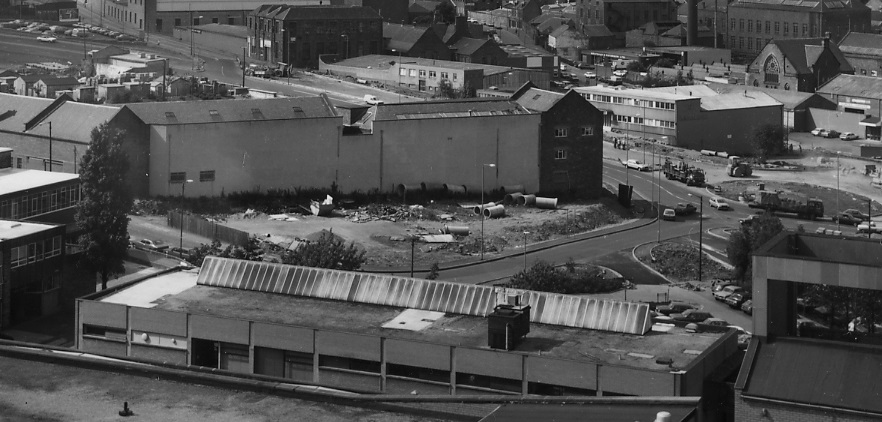
Hunter Street was also home to Chalmers Church. This was originally formed as a congregation of the Free Church of Scotland in 1851, and met in Blinshall Street until the building was ready in 1852. In the 1960s, with the area’s population altering and several other churches within easy distance, it was decided to “transport” the church to the new Ardler development at the north of Dundee. In 1968 the congregation left the old building with the newly built Chalmers Ardler Church opening in early 1969. Like most of the buildings in the area, the old Chalmers was subsequently demolished.
Near to the Dalhousie Building are the Heathfield Residences, which were also built in the 2000s. This had once been the site of Heathfield Textile Works, parts of which were later used by the University as Heathfield Laboratories.
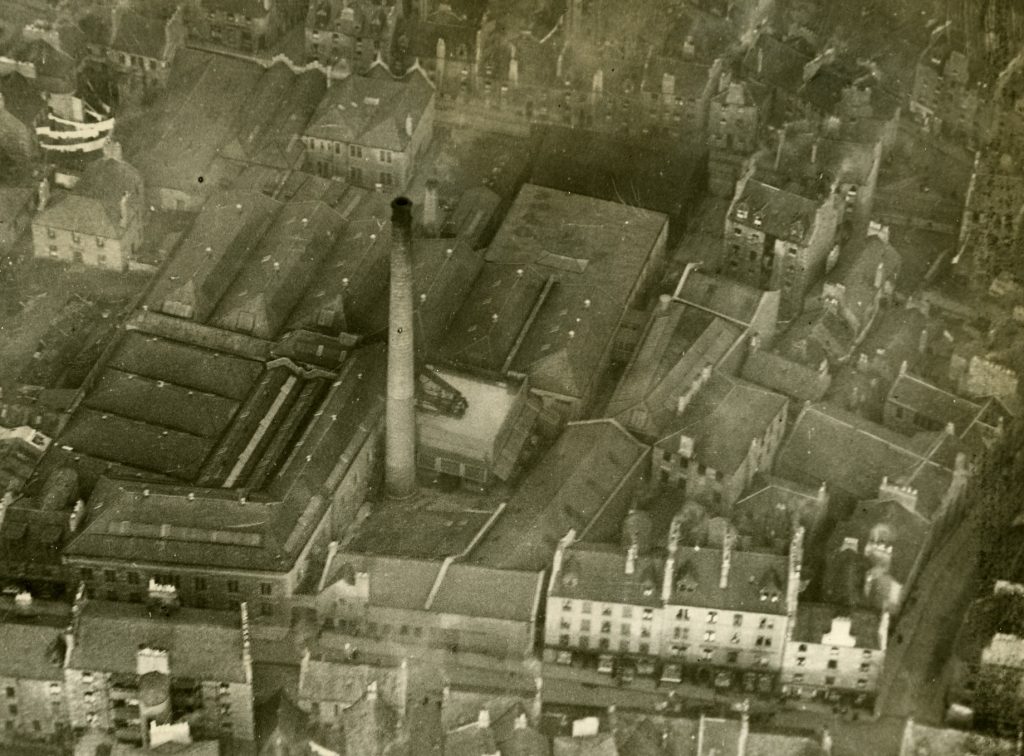
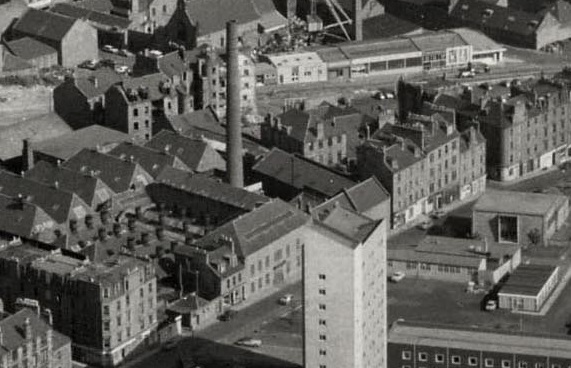
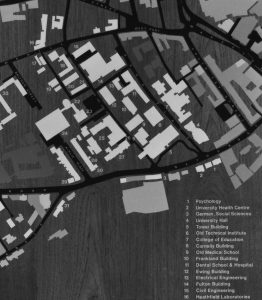
In the 1980s a large sculpture called “The Bridge” by Ron Martin was erected on the empty ground on Hunter Street’s western side. Based on the bridge of a cello or double-bass, this was removed when work on the Dalhousie Building started, but later found a new home in the Botanic Gardens.


If you have enjoyed this post search for ‘Then and now’ on the blog home page for more on changing Dundee from the Archives.